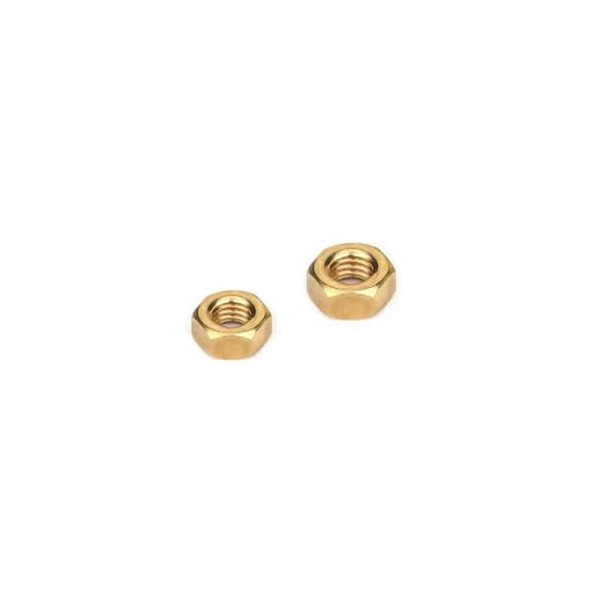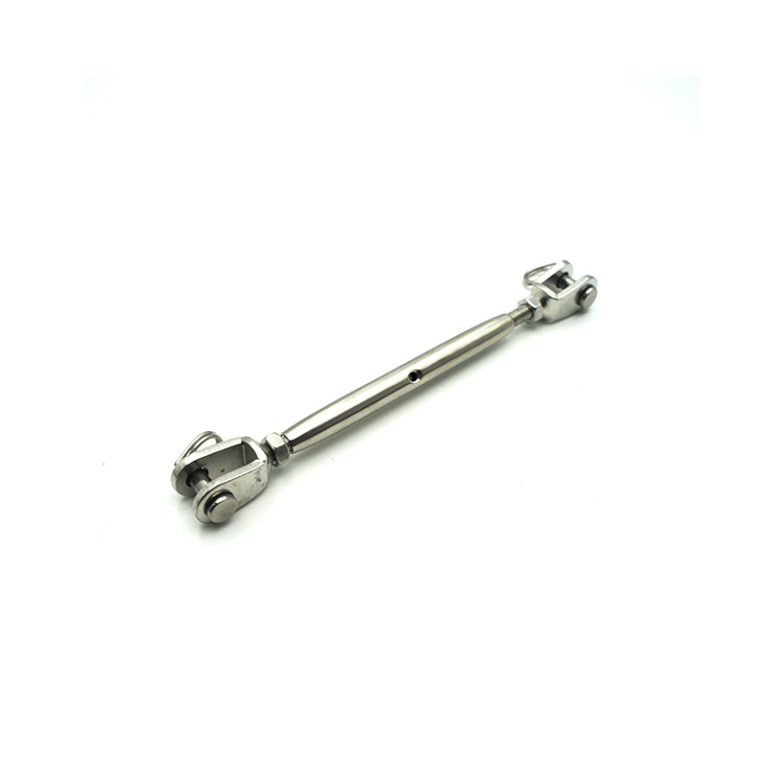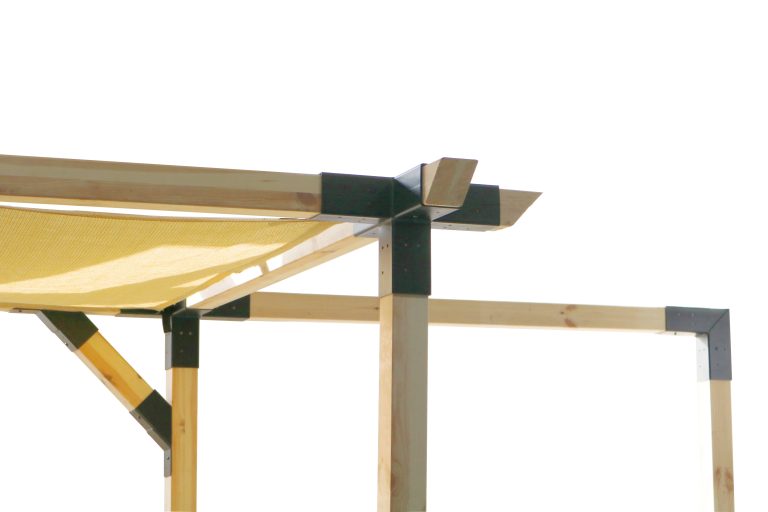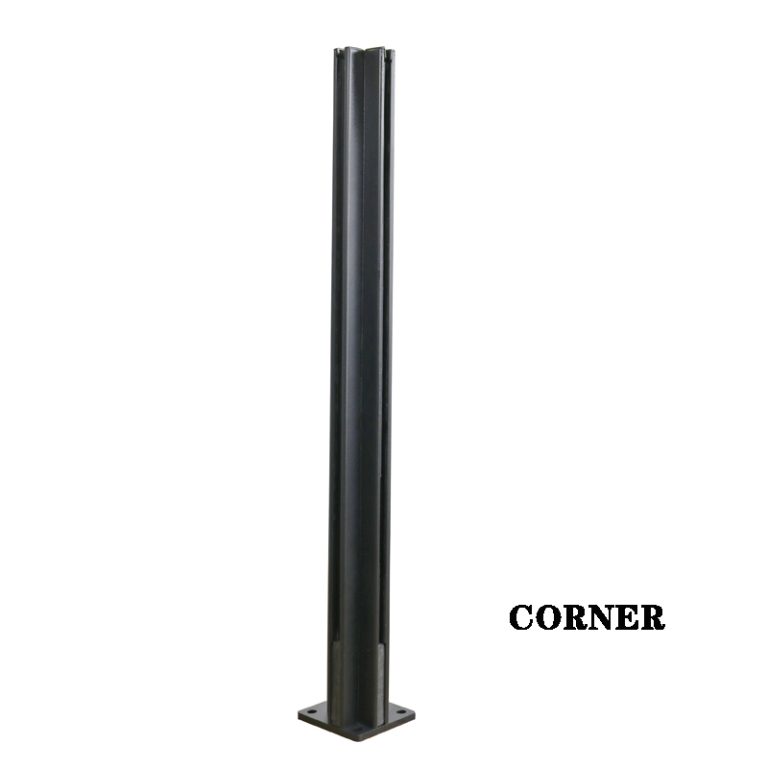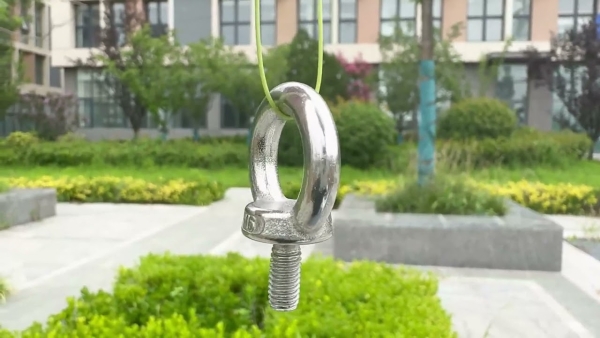Table of Contents
Benefits of Using Stainless Steel Anchor Bolts with Hex Head in Outdoor Applications
Stainless steel anchor bolts with hex heads are a popular choice for outdoor applications due to their durability, corrosion resistance, and strength. These bolts are commonly used in construction, marine, and industrial settings where exposure to harsh weather conditions and corrosive environments is a concern. The hex head design provides a secure grip for tightening and loosening the bolt, making it an ideal choice for applications that require frequent maintenance or adjustments.
One of the key benefits of using stainless steel anchor bolts with hex heads in outdoor applications is their resistance to corrosion. Stainless steel is a versatile material that contains chromium, which forms a protective oxide layer on the surface of the metal. This oxide layer acts as a barrier against moisture, salt, and other corrosive elements, making stainless steel anchor bolts ideal for outdoor use. In marine environments, where exposure to saltwater can accelerate corrosion, stainless steel anchor bolts provide long-lasting performance and reliability.
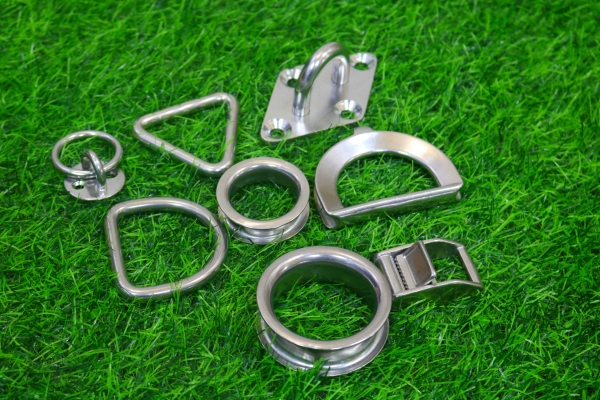
In addition to their corrosion resistance, stainless steel anchor bolts with hex heads offer exceptional strength and durability. The hex head design allows for greater torque to be applied during installation, ensuring a secure and stable connection. This is particularly important in outdoor applications where the bolt may be subjected to heavy loads, vibrations, or extreme weather conditions. Stainless steel anchor bolts are known for their high tensile strength and resistance to bending, making them a reliable choice for structural support and anchoring in outdoor settings.
Another advantage of using stainless steel anchor bolts with hex heads in outdoor applications is their aesthetic appeal. Stainless steel has a sleek and modern appearance that complements a wide range of architectural styles and designs. Whether used in construction projects, outdoor furniture, or landscaping applications, stainless steel anchor bolts add a touch of sophistication and elegance to any outdoor space. The hex head design provides a clean and polished look, enhancing the overall aesthetic of the installation.
Furthermore, stainless steel anchor bolts with hex heads are easy to install and maintain, making them a cost-effective choice for outdoor applications. The hex head design allows for quick and efficient installation using standard tools, reducing labor costs and time spent on the job. Additionally, stainless steel anchor bolts require minimal maintenance to keep them in optimal condition. Regular cleaning and inspection can help prevent corrosion and ensure the longevity of the bolts, saving time and money on repairs or replacements in the long run.
In conclusion, stainless steel anchor bolts with hex heads offer numerous benefits for outdoor applications, including corrosion resistance, strength, durability, aesthetic appeal, and ease of installation. These bolts are a reliable and cost-effective choice for construction, marine, and industrial settings where performance and longevity are essential. By choosing stainless steel anchor bolts with hex heads, you can ensure a secure and stable connection that will withstand the rigors of outdoor environments for years to come.
How to Properly Install Stainless Steel Anchor Bolts with Hex Head for Maximum Durability
Stainless steel anchor bolts with hex heads are commonly used in construction and engineering projects due to their durability and resistance to corrosion. These bolts are designed to provide a secure connection between structural elements, ensuring the stability and safety of the overall structure. Proper installation of stainless steel anchor bolts is crucial to maximize their effectiveness and longevity.
To begin the installation process, it is important to first determine the appropriate size and length of anchor bolts needed for the specific application. The diameter and length of the bolts should be selected based on the load requirements and the thickness of the materials being connected. It is recommended to consult with a structural engineer or refer to building codes and standards to ensure the correct specifications are met.
Once the appropriate anchor bolts have been selected, the next step is to prepare the installation site. The surface where the bolts will be installed should be clean and free of any debris or obstructions. It is also important to ensure that the holes for the anchor bolts are drilled at the correct depth and diameter to accommodate the bolts securely.
When drilling the holes for the anchor bolts, it is essential to use the appropriate tools and techniques to prevent damage to the surrounding materials. The holes should be drilled straight and perpendicular to the surface to ensure a proper fit for the bolts. It is recommended to use a hammer drill with a carbide-tipped masonry bit for drilling into concrete or masonry surfaces.
After the holes have been drilled, the next step is to insert the anchor bolts into the holes. The bolts should be inserted with a twisting motion to ensure a tight fit. It is important to make sure that the bolts are fully seated in the holes and that they are aligned properly with the structural elements they are connecting.
Once the anchor bolts are in place, the next step is to tighten the nuts onto the bolts. It is important to use a torque wrench to ensure that the nuts are tightened to the appropriate torque specifications. Over-tightening the nuts can cause damage to the bolts or the surrounding materials, while under-tightening can compromise the stability of the connection.
After the nuts have been tightened, it is recommended to apply a corrosion-resistant coating or sealant to the exposed threads of the anchor bolts. This will help protect the bolts from environmental factors such as moisture and chemicals, which can cause corrosion over time. Regular maintenance and inspection of the anchor bolts are also important to ensure their continued effectiveness and durability.
In conclusion, proper installation of stainless steel anchor bolts with hex heads is essential for maximizing their durability and performance. By following the recommended guidelines and techniques for installation, you can ensure a secure and long-lasting connection between structural elements. Consult with a structural engineer or refer to building codes and standards to ensure that the anchor bolts are installed correctly for your specific application. Regular maintenance and inspection of the anchor bolts will help to prolong their lifespan and ensure the safety and stability of the overall structure.


